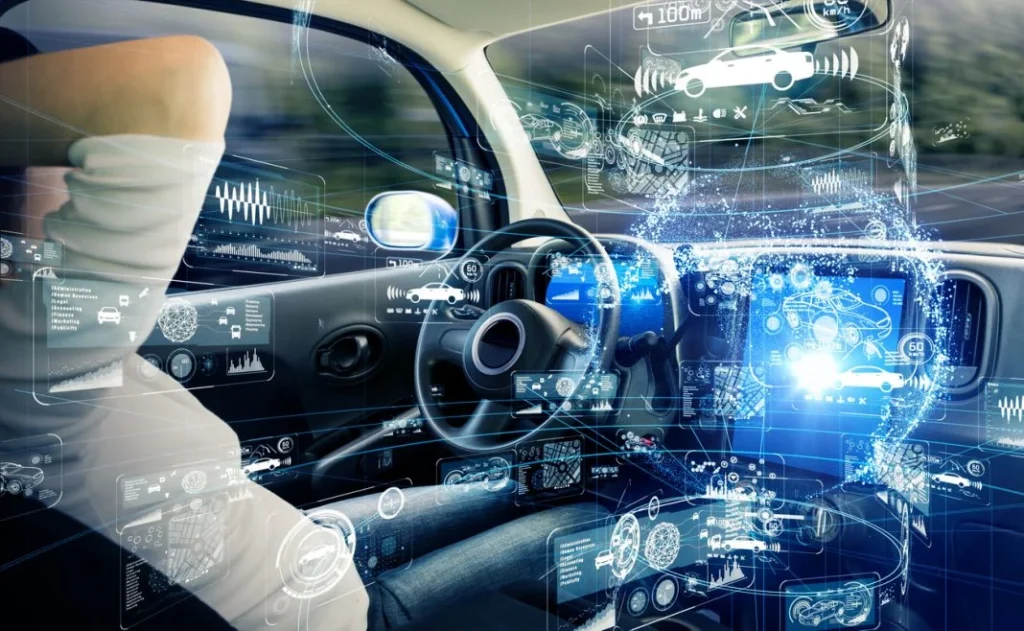Autonomous driving technology advancements have made significant progress in recent years, with the development of self-driving cars and advanced driver-assistance systems. These advancements have brought about a new era in the automotive industry, with the potential to revolutionize the way we commute and travel. However, along with these advancements come various challenges, such as ensuring the safety and reliability of autonomous vehicles, addressing ethical and legal issues, and navigating the complexities of integrating this technology into existing infrastructure. Despite these challenges, the continuous evolution of autonomous driving technology is paving the way for a future where fully autonomous vehicles are a reality.
The rapid progress in autonomous driving technology has sparked curiosity about the potential impact on urban planning and traffic management. Alongside the advancements, concerns about cybersecurity and data privacy in autonomous vehicles have also gained attention. Additionally, the implications of autonomous driving technology on the workforce and the economy have become a topic of interest. As this technology continues to advance, it is essential to consider the broader societal and environmental implications, as well as the potential for enhancing mobility and reducing traffic congestion.
Advancements in Autonomous Driving Technology
Autonomous driving technology has made significant advancements in recent years, thanks to the integration of artificial intelligence, machine learning, and sensor technology. These advancements have allowed autonomous vehicles to perceive and interpret their surroundings, make real-time decisions, and navigate complex environments with increasing accuracy and safety. The development of high-definition mapping, advanced algorithms, and robust communication systems has also contributed to the progress of autonomous driving technology.
Furthermore, the use of advanced driver-assistance systems (ADAS) and vehicle-to-everything (V2X) communication has enhanced the capabilities of autonomous vehicles, enabling them to interact with other vehicles, infrastructure, and pedestrians. As a result, autonomous driving technology has the potential to revolutionize transportation by improving road safety, reducing traffic congestion, and providing mobility solutions for individuals with limited mobility.
Challenges in Autonomous Driving Technology
Despite the remarkable advancements, autonomous driving technology still faces several challenges that need to be addressed. One of the primary challenges is ensuring the safety and reliability of autonomous vehicles in diverse and unpredictable driving conditions. Adverse weather, complex urban environments, and interactions with human-driven vehicles present significant challenges for autonomous driving technology.
Additionally, regulatory and ethical considerations, cybersecurity threats, and public acceptance are critical challenges that need to be overcome for the widespread adoption of autonomous driving technology. Developing robust testing and validation processes, establishing industry standards, and addressing legal and liability issues are essential for building trust in autonomous vehicles and ensuring their successful integration into the transportation ecosystem.
Advancements and Challenges
| Advancements | Challenges |
|---|---|
| 1. Advanced sensors for better perception of surroundings | 1. Ensuring safety and reliability of autonomous vehicles |
| 2. Machine learning and AI for decision making | 2. Legal and ethical considerations of autonomous driving |
| 3. Connectivity for vehicle-to-vehicle communication | 3. Cybersecurity to prevent hacking and unauthorized access |
| 4. High-definition mapping for accurate navigation | 4. Public acceptance and trust in autonomous technology |
Autonomous driving technology has made significant advancements in sensors, AI, connectivity, and mapping, but it still faces challenges related to safety, legality, cybersecurity, and public acceptance.



